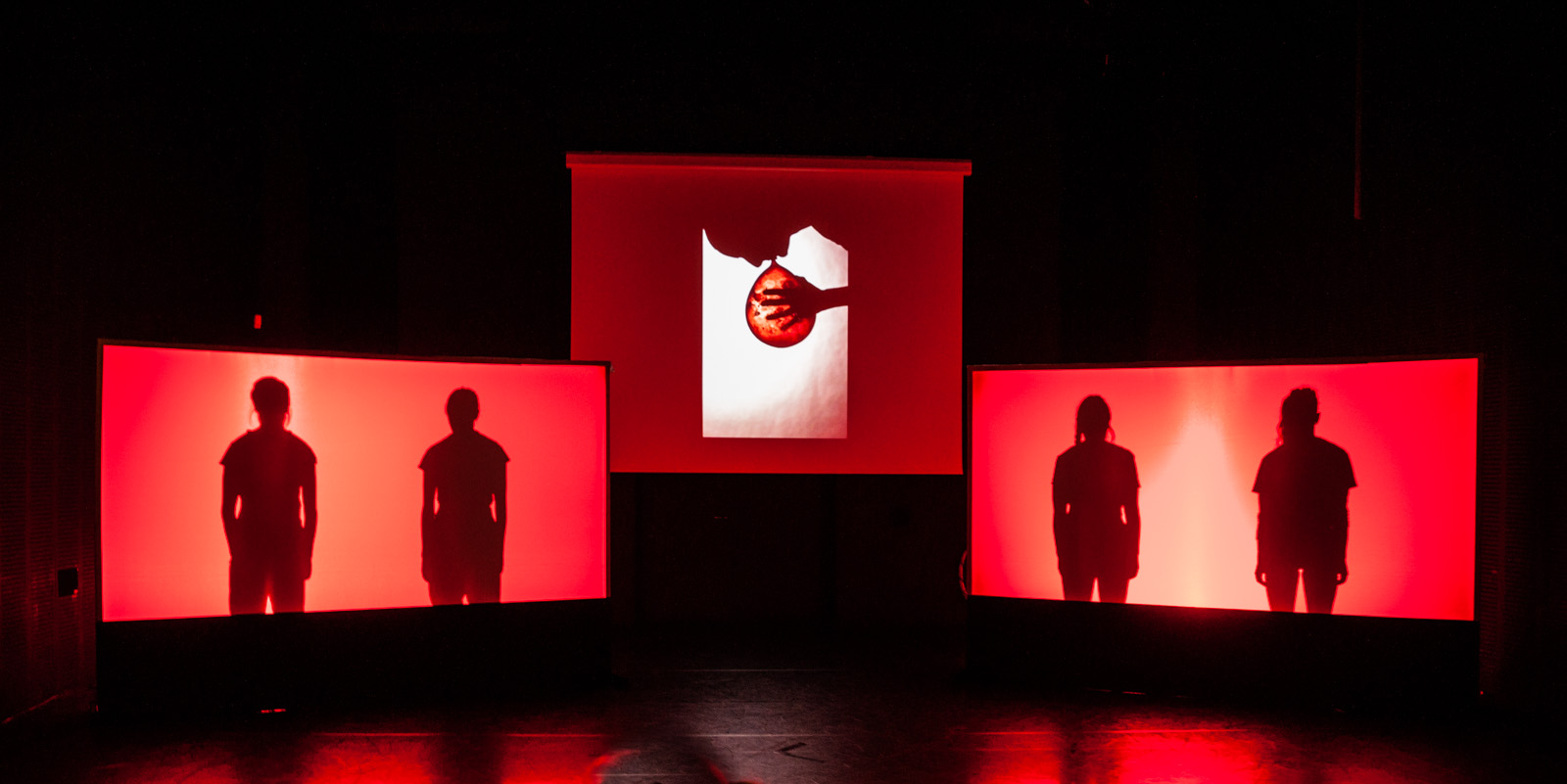PPI 2015 Unit IV
| Site: | University of Edinburgh Moodle |
| Course: | Patient and Public Involvement [2015-2016] [SEM 2] |
| Book: | PPI 2015 Unit IV |
| Printed by: | Guest user |
| Date: | Monday, 19 January 2026, 12:38 PM |
Description
PPI 2015 Unit IV
1. Introduction
Unit IV Public engagement and research
In this unit, we will look at the relationship and differences between patient and public involvement and public engagement. You will learn about the rationale for public engagement and the ways in which researchers communicate about their work with the public. You will be introduced to exciting and innovative ways of interacting with the public about research and you will hear from one of the University of Edinburgh’s leading researchers about their public engagement activity. Again, this should lead you to reflect on your own work and how you could develop new ways of communicating what you do to a public audience.
Aims
To develop a detailed understanding of the need for and methods of communicating research through public engagement
Learning outcomes
6. Demonstrate understanding of the role of public engagement in clinical trials
2. Overview
Features
Unit IV runs over two weeks (Feb 29th - Mar 13th) and is organised into the following 3 lessons:
- Lesson 1 What is public engagement
- Lesson 2 Methods of public engagement
- Lesson 3 Online guest lecture
Each lesson is comprised of a selection of partner readings, written content and independent activities. There are no Unit IV thought discussions.
As you may know from the course planner, there are a number of key dates and action points for you to be aware of in weeks 7 & 8.
Key dates
- Friday, Mar 11th: Due date Individual Project II
Adobe Connect
- Tuesday, March 1st (6 - 7 pm): Adobe connect tutorial with Dr Jane Haley
- Topic: The researcher's experience of public engagement
- Tuesday, March 8th (2 - 3 pm): Adobe connect virtual office hours with Dr Allison Worth
- Topic: Your chance to ask questions
Adobe Connect URL: http://edinburghcrf.adobeconnect.com/ppi/
Your tasks
Please refer to the Unit IV checklist
[Checklist pops up in a separate window]
3. Core readings & resources
 For core readings and resources, please refer to the Resource list on the Moodle course homepage (from the menu list on the left-hand side of the page).
For core readings and resources, please refer to the Resource list on the Moodle course homepage (from the menu list on the left-hand side of the page).
4. Lesson 1 What is public engagement
Partner readings
For Unit IV partner readings, please refer to the Resource list on the Moodle course homepage (from the menu list on the left-hand side of the page).
Topics
- Definition of public engagement
- Differentiating between involvement and engagement
- Why engage the public in research?
Introduction
Public engagement describes the many ways in which the activity and benefits of higher education and research can be shared with the public, often in a social and entertaining way. Engagement should be a two-way process, involving interaction and listening, with the goal of generating mutual benefit. Public engagement often involves partnerships with other agencies, such as arts groups, museums, schools and community groups.
4.1. Lesson 1a
How does public engagement differ from patient and public involvement?
This is how INVOLVE distinguishes the two:
Involvement – where members of the public are actively involved in research projects and in research organisations. Examples of public involvement are:
- as joint grant holders or co-applicants on a research project
- involvement in identifying research priorities
- commenting and developing patient information leaflets or other research materials
- undertaking interviews with research participants
- user and/or carer researchers carrying out the research
Engagement – where information and knowledge about research is provided and disseminated. Examples of engagement are:
- science festivals open to the public with debates and discussions on research
- open day at a research centre where members of the public are invited to find out about research
- raising awareness of research through media such as television programmes, newspapers and social media
- dissemination to research participants, colleagues or members of the public on the findings of a study
You’ll see that this list includes a range of activities: many are based on researchers providing information and expertise (i.e. one-way communication), with fewer on exchanging information and collaboration between researchers and the public.
There is some overlap between involvement and engagement and they should be complementary. You have seen from previous units how patients involved in research studies and programmes often include dissemination to a public audience in their activities, for example, Olivia’s blog. Also, members of the public who understand about research are more likely to want to get involved, so public engagement is a crucial element in promoting involvement opportunities.
4.2. Lesson 1b
What are the benefits of engaging the public?
- Better research: members of the public raise relevant questions. Projects that have been defined and researched in partnership with the public often result in greater impact and relevance.
- Transparency and accountability: most research funding is public money and we should be able to explain what we do and why, so we need to open up our research to public scrutiny.
- What is our research good for? We need to demonstrate that our research has an impact, hopefully that it benefits health or health care i.e. it responds to social/health need. If a new treatment or better way of managing disease has been identified, or if something has proved to be harmful or a waste of money, then the public should know about it.
- It promotes a scientifically literate public
- It allows debate around new/controversial/poorly understood topics and promotes public understanding
- It inspires people; this is especially important in getting young people interested in science and science careers.
- It is valuable experience for researchers: interesting, good fun and great for your CV.
- It is valuable for the public: stimulates curiosity, interest and should be fun.
- Research-aware people are more likely to take part in clinical trials.
There is an additional imperative for academic researchers (including clinician researchers) in the UK to engage the public. The impact of research is assessed as part of the Research Excellence Framework (REF)—the mechanism used in UK higher education to determine the best quality research and consequently the allocation of money among universities. This requires researchers to demonstrate how their research has changed or benefitted society, including public engagement with research.
Public or publics? Is there a public?
It may be more useful to think of ‘publics’; when Grand et al asked researchers which communities they engaged with, they said: “media professionals, teachers, parents, school pupils, learned societies, healthcare professionals, patients, policy-makers, non-governmental organisations, companies, industrial partners, charities, community groups, voluntary and third sector organisations, university students and anonymous audiences such as viewers, listeners and readers of mass media”. These are very diverse groups and methods of engagement need to be tailored to their interests and needs.
4.3. Your turn activity
Task I. Reflection
Thinking about your workplace, what groups of people would be your audience for public engagement? What would you like them to know about your work?
5. Lesson 2 Methods of engagement
Partner readings
For partner readings, please refer to the Resource list on the Moodle course homepage (from the menu list on the left-hand side of the page).
Browse the web links to see examples of public engagement in action.
Topics
- The many ways of engaging the public
Introduction
There is a vast range of ways to engage the public and the methods you choose will reflect the aim of the engagement, the intended audience and the setting. Other factors include the amount of time and other resources you have available and your own skills and interests. Some methods are useful throughout the life of the project, others are more for dissemination. Some methods are suited to informing people, but ideally, public engagement should aim to exchange ideas and collaborate with the public. Here are some of the most common methods: Methods of public engagement
5.1. Your turn activity
Task I. Reflection
Case studies on public engagement: The Wellcome Trust website has a number of case studies on how researchers have benefitted from public engagement: http://www.wellcome.ac.uk/Funding/Public-engagement/Engagement-with-your-research/Case-studies/WTD026078.htm
What do you/your workplace do to engage the public in your work? What more could be done and how? Could you utilise any of these ideas?
6. Lesson 3 Online guest lecture
Partner readings
No partner readings for lesson 3.
Topic
- The researcher's experience of public engagement.
Introduction
In this lesson we will use the experiences of Edinburgh Neuroscience community to look at why and how we engage with the public, and whether researchers derive any benefit. From activities with children, to discussion events for adults and policymakers, science-enhanced film, theatre and art events, Edinburgh Neuroscience has evolved an engagement programme that provides a multitude of platforms through which both the researcher and the public can engage. This provides us with the opportunity to evaluate different approaches and what might work for you.
Your turn activity: Online expert guest lecture
Task I. Join online guest lecture
In this lecture, a medical researcher with an excellent track record of innovative public engagement activities will talk about their experience.
 |
Presenter: Dr Jane Haley Topic: The researcher's experience of public engagement Date: Tuesday, March 1st 2016 Time: 6 - 7 pm (GMT) Location: http://edinburghcrf.adobeconnect.com/ppi/ This session will be recorded. |
6.1. Profile
Dr Jane Haley
 |
Dr Jane Haley is the scientific coordinator for Edinburgh Neuroscience. She has a background in neuroscience research and spent 20 years as an electrophysiologist, mainly working on the mechanisms underlying neuronal hyper-excitability and plasticity but also, towards the end, on neuro-protective mechanisms. In 2006 Jane moved away from hands-on research to develop the newly-formed Edinburgh Neuroscience, an organisation created to improve communication and collaboration. Over the last 9 years she has helped to create a large community of collegiate, collaborative and interdisciplinary neuroscience-related researchers from across all areas of the University of Edinburgh. This has been achieved through: the establishment of a communication hub, organisation of events designed to bring people together, coordination of a series of large strategic multidisciplinary grant applications, management of a variety of international partnerships, and the creation of an extensive public engagement programme. She has extensive experience of a wide variety of engagement activities and works with researchers to create new and interesting ways to convey neuroscience research to the public. |
| Dr Jane Haley | Scientific Coordinator, Edinburgh Neuroscience, University of Edinburgh |
6.2. Your turn activity
Task I. Reflection 
Review your reflective diary for the course. Draw conclusions about the value of Patient and public involvement and Public engagement to your work and to clinical trial conduct in general. How do involvement and engagement both differ and interact with each other?
7. Unit IV Summary
Think back on the Unit IV lessons and activities - what have we learned?
|
Summary & Conclusions Unit IV
|
Consider the Unit IV learning outcomes-have you achieved them? Congratulations! You have completed the last taught unit on the course!